how to remove fiberglass from skin
 3 Ways to Remove Fiberglass Slivers from Your Skin - wikiHow
3 Ways to Remove Fiberglass Slivers from Your Skin - wikiHowHow to get fiberglass Out of the skin Carrie Madormo, RN, MPH, is an independent health writer with more than a decade of experience working as a registered nurse in a variety of clinical environments. Leah Ansell, MD, is a dermatologist certified by the board and assistant professor of dermatology at Columbia University. The fiberglass is a synthetic material or made by the man consisting of small fiberglass. It is a common source of isolation in households. Glass fiber can enter the environment when manufactured, packaged, used and eliminated by insulation workers and others. Once exposed, you can experience pain, skin irritation, coughing and sybilance. If you have recently been exposed to fiberglass and believe it is on your skin, it is important to remove it immediately and see a doctor for the next steps. Photo Library / Getty Images Being exposed to fiberglass Being exposed to fiberglass is likely to occur at work. The fiberglass is used in isolation, walls, ceilings and ventilation ducts. If fiberglass materials are damaged, they can release small particles in the air. These little particles look like dust. When this happens, we can touch, swallow or breathe in them without realizing it. Workers who install or fix isolation have a higher risk of contacting fiberglass. If you work in building, electronics, plastics or wind energy industries, you may also be at greater risk. If the isolation or structures in your home contain fiberglass, it is unlikely that it will ever be exposed. Glass fiber exposures are usually only a risk when you are handling damaged materials or moving them around the house. How to Limit Exposure If you plan to work with home isolation, pipes or other materials containing fiberglass, there are steps you can take to protect yourself: In addition to the personal actions you can take, there are federal rules to reduce exposure as well. Since 1999, the Occupational Safety and Health Administration (OSHA) established guidelines to limit workers ' exposure to fiberglass. According to the recommendations, during an eight-hour working day, a worker should not be exposed to more than "a breathable glass fiber per cubic centimeter of air". This is intended to ensure that there is sufficient airflow to prevent inhaling of fiberglass. How to remove fiberglass from the skin After working with fiberglass or performing any renovation at home, inspect your skin for any irritation. If you notice a red, itching on the exposed skin, you may have come in contact with fiberglass. Follow these steps: Risks of Fiberglass The risks of working with fiberglass are usually in the short term, and the symptoms must be resolved once the fiberglass is removed. The long-term effects of fiberglass exposure are not well documented. Skin irritation If the fiberglass particles stay on your skin, you may notice a red, spicy eruption known as . This usually occurs in any skin that was exposed while working with fiberglass. Contact dermatitis refers to skin irritation caused by contact with an irritant, and is the most common type of occupational skin condition. Exposure to fiberglass can also cause skin peeling and small injuries or blisters. Other complications Being exposed to fiberglass can also cause respiratory symptoms. If the fiberglass is inhaled, the larger particles can be trapped in the airway and the smaller particles can travel and settle in the lungs. This can lead to cough, sneezing, itching, and worsening symptoms. When the fiberglass is ingested in the , it is usually eliminated through the intestinal movements. If you have noticed any of these symptoms after working with fiberglass, it is a good idea to see your doctor. Cancer RiskThe exposure to fiberglass can cause irritation, but it has not been linked to . According to the State Health Department of Wisconsin, the National Academy of Sciences examined studies on the exposure of fiberglass in workers in 2000. The academy found that "glass fibers do not seem to increase the risk of respiratory cancer" in workers and do not qualify as a carcinogen (cancer cause). The fiberglass is a synthetic material made of small pieces of glass and can be irritating if touched or inhaled. There are easy ways to remove fiberglass particles that stay in the skin at home, and fiberglass exposure is usually not life threatening. Using appropriate protective equipment while performing construction work with fiberglass is the best way to prevent this problem from happening. If you have been exposed to fiberglass during work or think the fiberglass has touched your skin, gently wash the affected area with water and a mild soap. If you continue to experience skin irritation or pain, consult your doctor to receive medical care. Sign up for our newsletter Health Tip of the Day and receive daily advice that will help you live your healthiest life. Thank you, for signing. There was a mistake. Please try again. Washington State Department of Health. Updated 2020. Illinois Department of Public Health. Updated 2020 Peate WE. Am Fam Physician. 2002 Sep 15;66(6):1025-32. United States Department of Labor. . Updated 2020. Owens Corning. Updated 2007Insulation Institute. . Updated 2020 DermNet NZ. . Updated July 2020. Camacho I, Rajabi-Estarabadi A, Eber AE, Griggs JW, Margaret SI, Nouri K, Tosti A. . Int J Dermatol. 2019 Oct;58(10):1107-1111. doi: 10.1111/ijd.14407. National Institute for Occupational Safety and Health (NIOSH). . Updated 21 June 2019. Thank you, for signing. There was a mistake. Please try again.

3 Ways to Remove Fiberglass Slivers from Your Skin - wikiHow

Fiberglass in the skin: Symptoms, removal, and risks

how to remove fiberglass from your skin – Fiberglass Coatings

Notchtex Blog: How to Remove Fiberglass From Skin
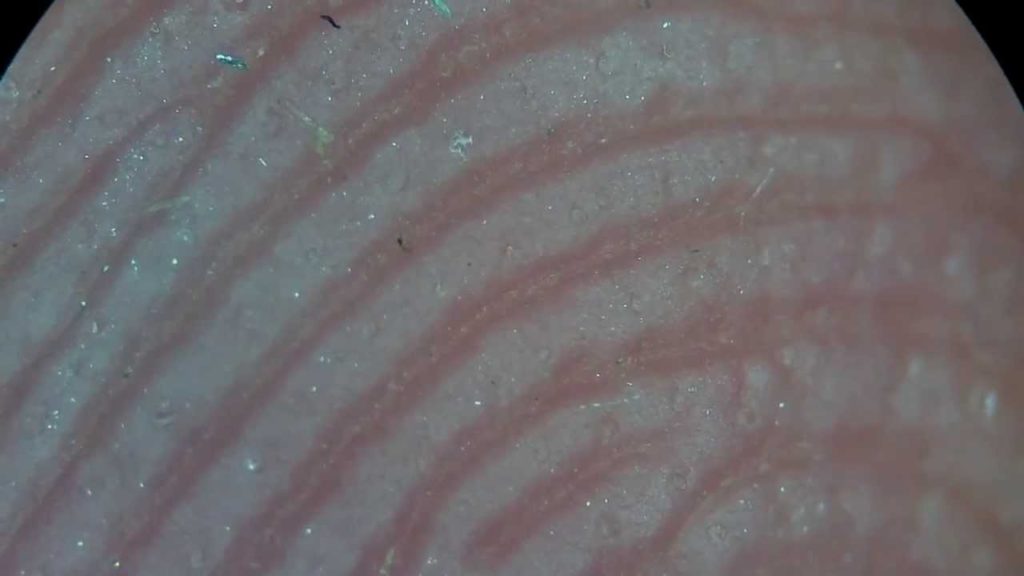
How To Remove Fiberglass From Skin(Most Effective Way)

Pin on Food

3 Ways to Remove Fiberglass Slivers from Your Skin - wikiHow

Fiberglass in Skin: How to Safely Remove and Treat

How To Safely Remove Fiberglass From Skin?
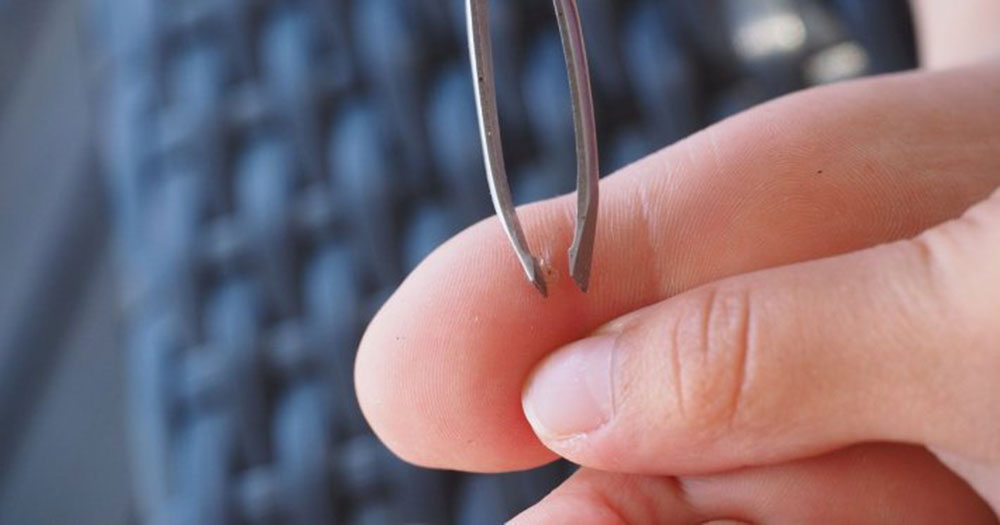
How to remove fiberglass insulation from skin easily
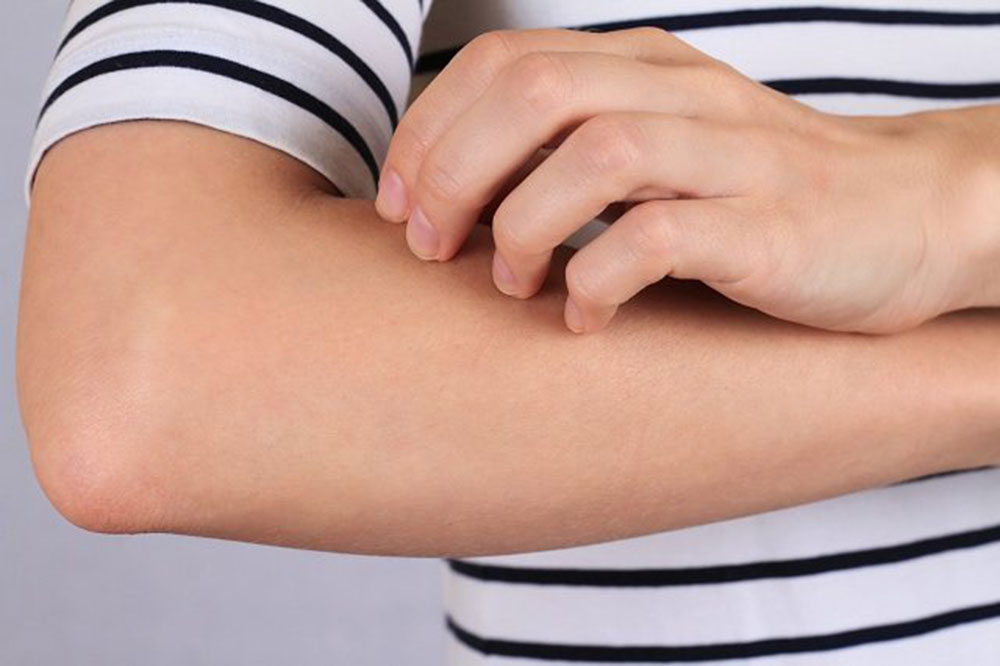
How to remove fiberglass insulation from skin easily
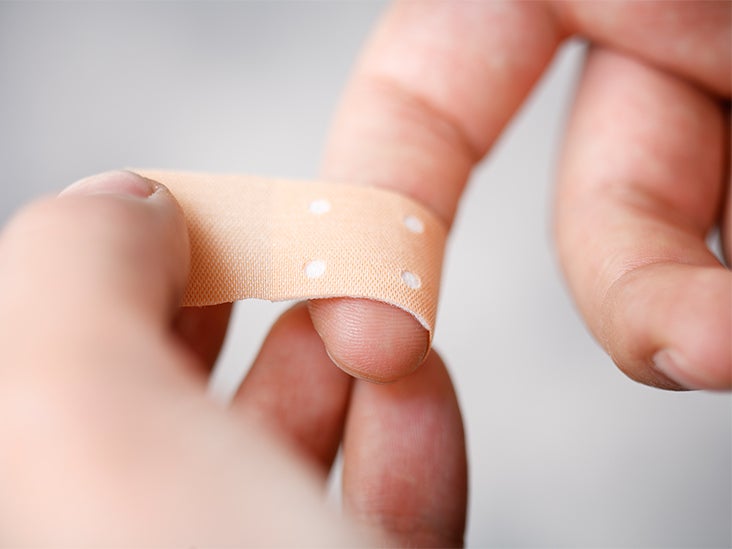
Fiberglass in Skin: How to Safely Remove and Treat

3 Ways to Remove Fiberglass Slivers from Your Skin - wikiHow

How to Remove Fiberglass From Skin | Allergic contact dermatitis, Sanitizer, Conditioner

Fiberglass in the skin: Symptoms, removal, and risks

Remove Fiberglass From Skin | Symptoms, removal, and risks

How to remove fiberglass insulation from skin easily

How to Remove Fiberglass From Hands and Fingers | eHow | Glass skin, Essential oils for skin, Fiberglass

3 Ways to Remove Fiberglass Slivers from Your Skin - wikiHow
/GettyImages-758312101-65c2a96673c54cfcb9b72068aef230c2.jpg)
How to Get Fiberglass Out of Skin

Fiberglass in the skin: Symptoms, removal, and risks

How To Remove Fiberglass From Skin - DiscoverLab
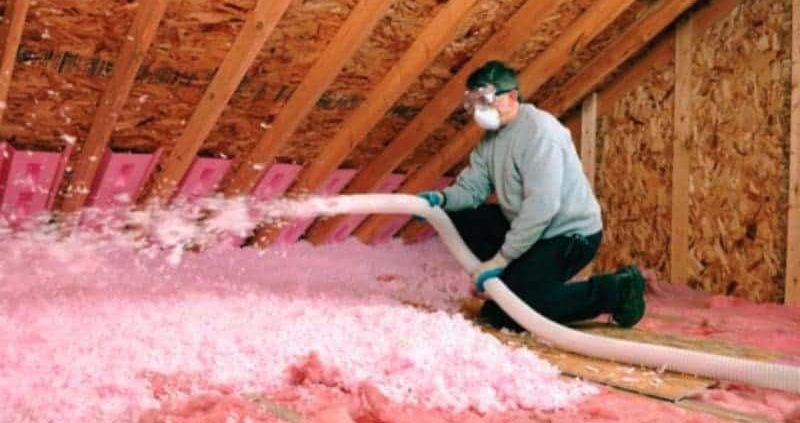
How To Remove Fiberglass From Skin(Most Effective Way)
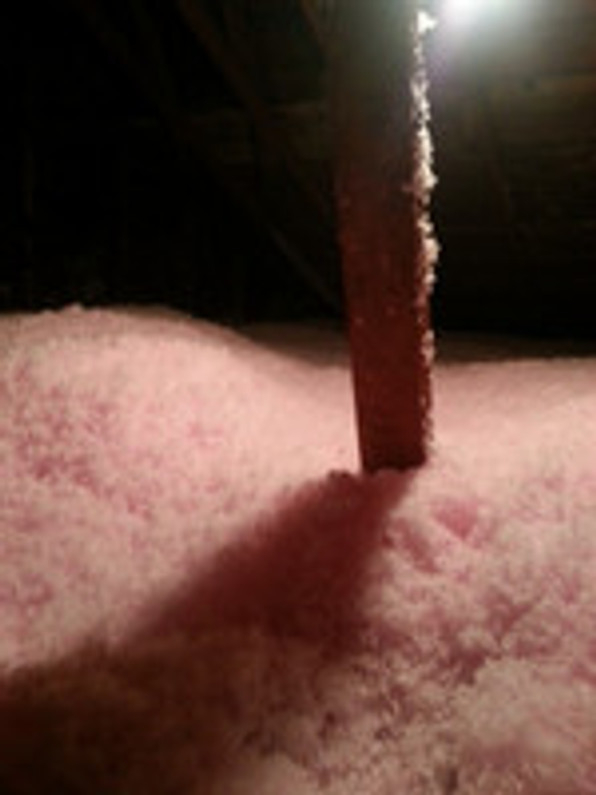
How To Safely Handle Fiberglass Insulation - SafetyCompany.com
The SECRET to getting fiberglass out of your skin! | Life's Swell

How to Lessen Fiberglass Itch: 12 Steps (with Pictures) - wikiHow

How to Remove Fiberglass From Skin | simple health tips

How To Get Fiberglass Out Of Skin - NaturalSkins
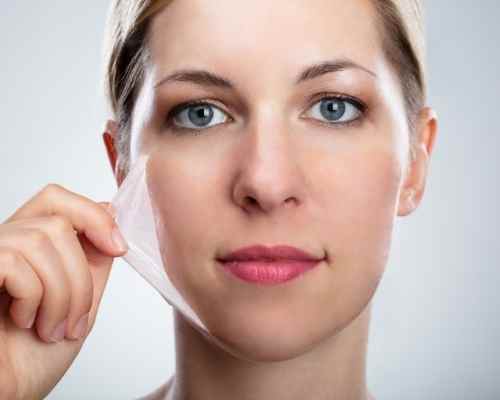
How To Remove Fiberglass From Skin? - Help Women

Fiberglass in Skin: How to Safely Remove and Treat
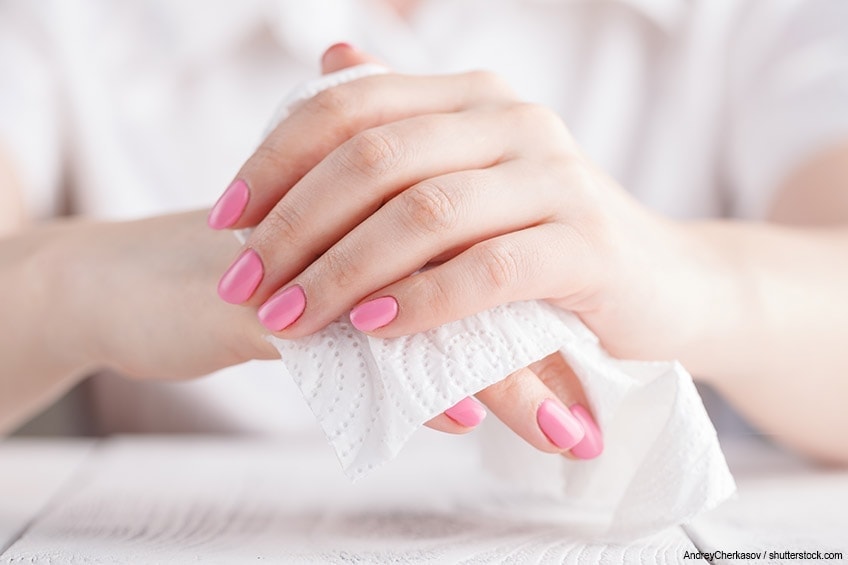
How to get Fiberglass out of Skin - Prevent Itch, Burn and Rash Symptoms

Classic Video: How to Remove a Fish Hook from Your Skin - Orvis News

How To Remove Fiberglass From Skin(Most Effective Way)

How Can I Remove Invisible Fiberglass Splinters After Touching Insulation? : Home Improvements - YouTube
The SECRET to getting fiberglass out of your skin! | Life's Swell

How to Remove Fiberglass From Skin | simple health tips

How To Get Fiberglass Out Of Skin - NaturalSkins

How To Remove Fiberglass From Skin - DiscoverLab
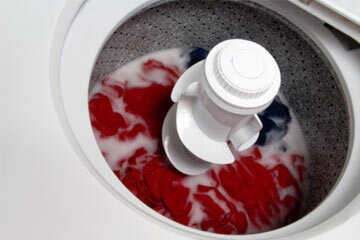
How to Wash Fiberglass Out of Clothing | HowStuffWorks

3 Ways to Remove Fiberglass Slivers from Your Skin - wikiHow
Posting Komentar untuk "how to remove fiberglass from skin"